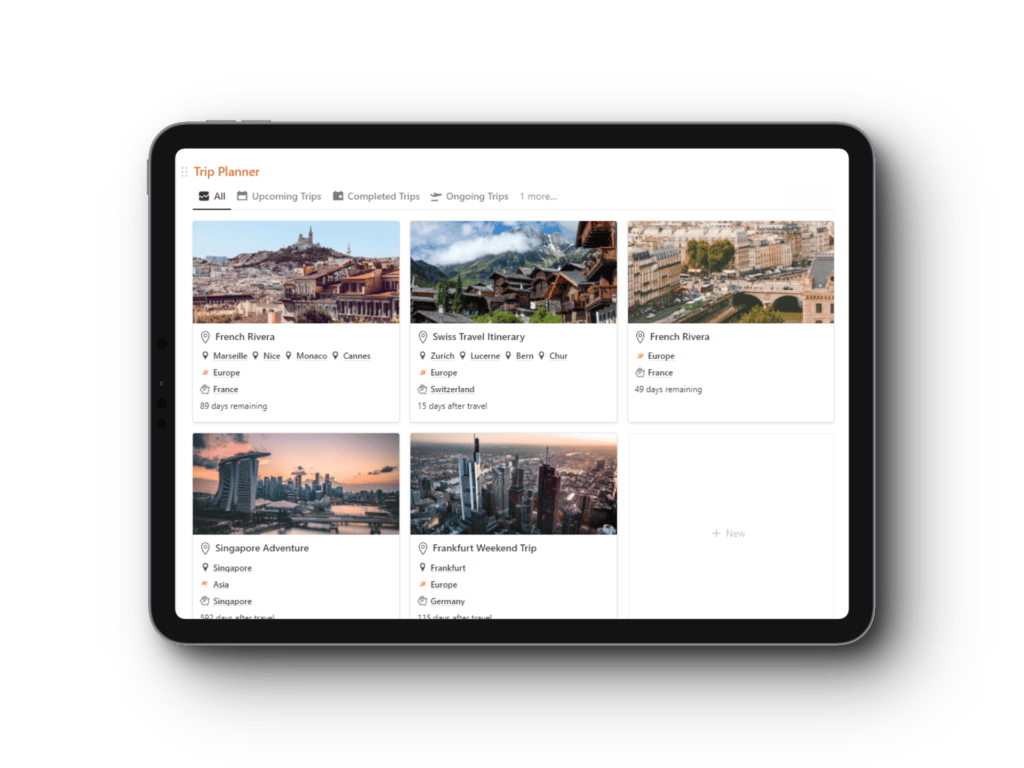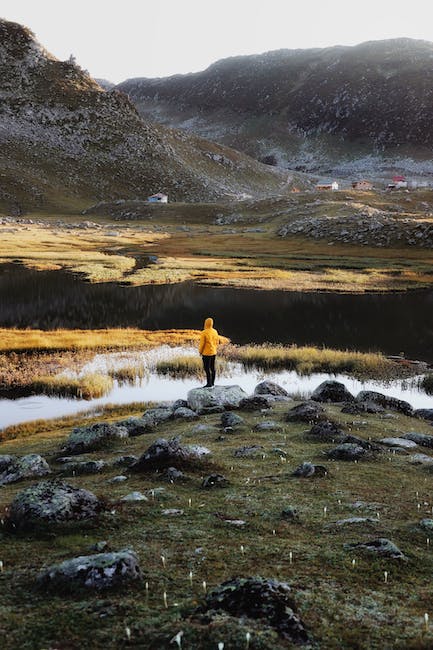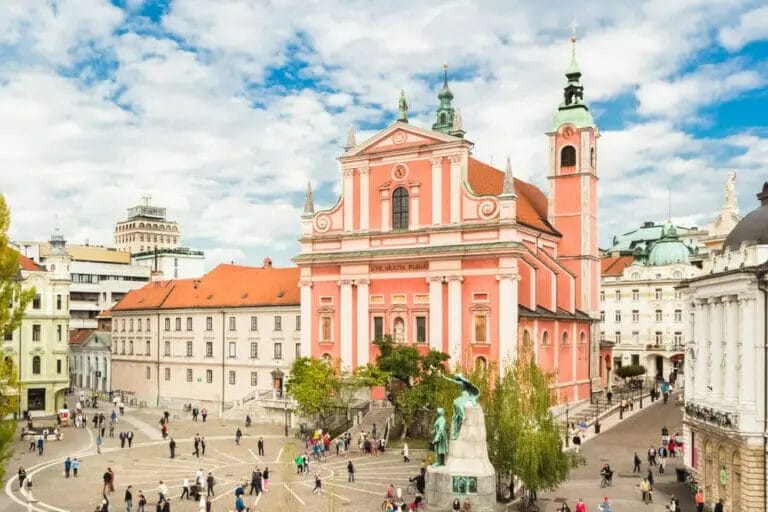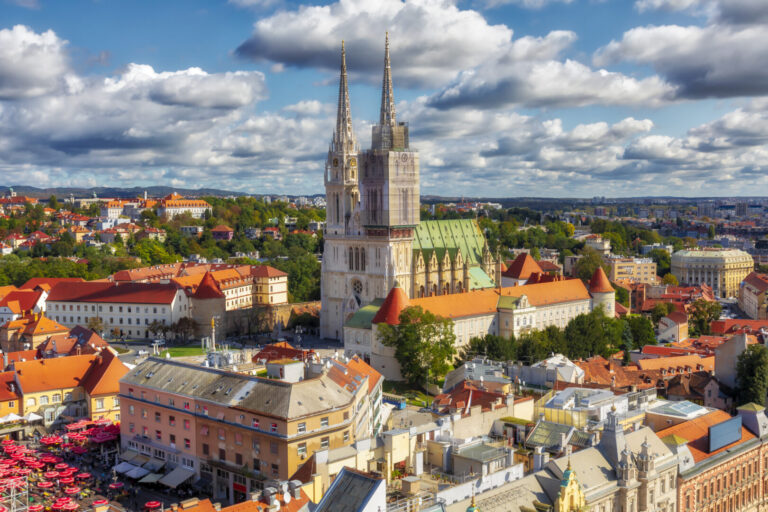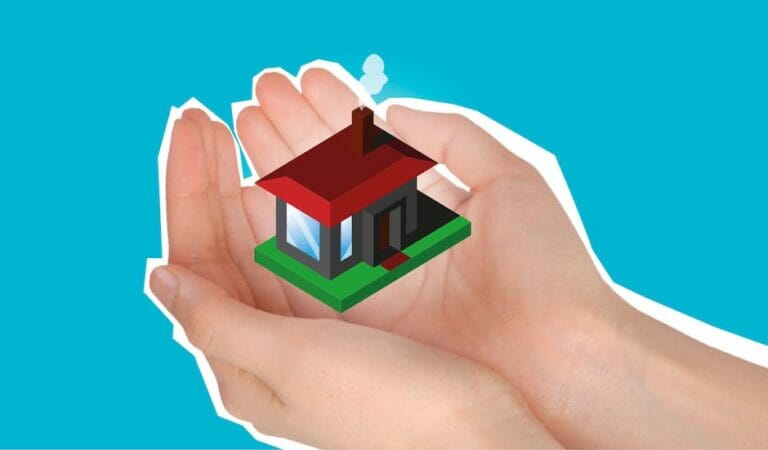Is Slovenia Cheap or Expensive to Visit?
Slovenia, a small country located in Central Europe, is quickly gaining popularity as a travel destination. With its stunning natural landscapes, rich cultural heritage, and charming cities, Slovenia offers something for every type of traveller. From the picturesque Lake Bled to the vibrant capital city of Ljubljana, there are plenty of attractions to explore.
Geographically, Slovenia is bordered by Italy to the west, Austria to the north, Hungary to the northeast, and Croatia to the south and southeast. This unique location allows visitors to experience a blend of different cultures and cuisines. The country is also known for its diverse landscapes, including the Julian Alps, the Adriatic Sea coastline, and the famous Postojna Cave.
In recent years, Slovenia has seen a surge in tourism due to its natural beauty and affordability. Compared to other European countries, Slovenia offers a more budget-friendly travel experience without compromising on quality. The country’s efficient public transportation system, affordable accommodation options, and reasonably priced attractions make it an attractive destination for travellers on a budget.
Understanding the Cost of Living in Slovenia
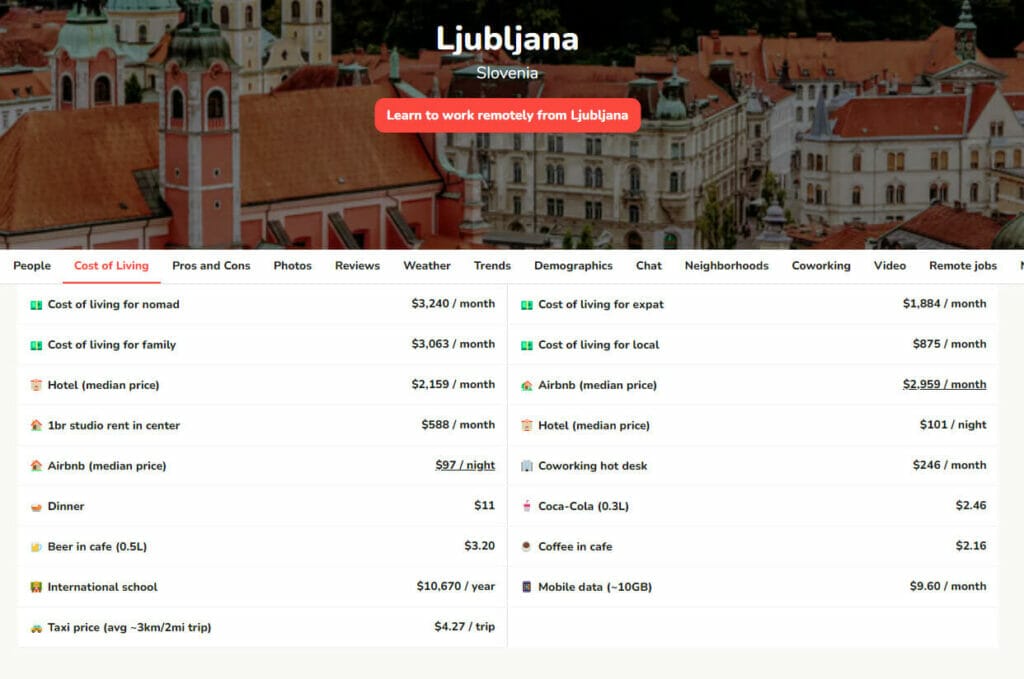
When it comes to the cost of living, Slovenia is generally more affordable compared to other European countries. While prices may vary depending on the region and city, overall, Slovenia offers good value for money.
In terms of accommodation, Slovenia offers a range of options to suit different budgets. Hotels in popular tourist destinations such as Ljubljana and Bled can be quite expensive, especially during peak season. However, there are also budget-friendly options such as hostels and Airbnb rentals available. These can significantly reduce accommodation costs for travellers.
Factors that affect the cost of living in Slovenia include the location, seasonality, and type of establishment. For example, dining out in touristy areas can be more expensive compared to local restaurants in smaller towns.
Similarly, shopping for groceries at local markets and supermarkets can be more affordable than buying from convenience stores or tourist shops.
Accommodation Options and Prices in Slovenia
Slovenia offers a variety of accommodation options to suit different budgets and preferences. From luxury hotels to budget-friendly hostels and cosy guesthouses, there is something for every traveller.
In popular tourist destinations such as Ljubljana and Bled, hotel prices can range from €80 to €200 per night for a standard double room. However, there are also more affordable options available, especially in smaller towns and rural areas. Budget-friendly hotels and guesthouses can cost as low as €40 to €80 per night.
For travellers on a tight budget, hostels and Airbnb rentals are excellent alternatives. Hostels in Slovenia typically charge around €15 to €30 per night for a dormitory bed, while private rooms in hostels can range from €40 to €70 per night.
Airbnb rentals offer a wide range of options, from shared rooms to entire apartments or houses. Prices vary depending on the location and amenities, but budget-conscious travellers can find affordable options starting from €30 per night.
Subscribe to Get more from Slovenia in your Inbox
Know more about things to do in Slovenia for planning your epic trip to Slovenia.
Food and Drink Costs in Slovenia
Food and drink costs in Slovenia are generally reasonable, especially when compared to other European countries. Dining out at restaurants and cafes can be affordable, especially if you opt for local cuisine.
In restaurants, a typical meal including a main course and a drink can cost around €10 to €20 per person. However, prices can vary depending on the location and type of establishment. Fine dining restaurants in touristy areas can be more expensive, with prices ranging from €30 to €50 per person.
For budget-conscious travelers, street food stalls and local bakeries offer affordable options. Traditional Slovenian dishes such as potica (rolled pastry with various fillings) and kranjska klobasa (Carniolan sausage) can be found at reasonable prices.
Additionally, supermarkets and local markets offer a wide range of fresh produce, snacks, and ingredients for those who prefer to cook their own meals. On average, groceries for a week can cost around €30 to €50 per person.
Transportation Expenses in Slovenia
Slovenia has a well-developed public transportation system, making it easy for travellers to get around the country. Public transportation options include buses, trains, and taxis.
Buses are the most common mode of transportation for both short and long distances. The cost of a bus ticket varies depending on the distance travelled, but prices are generally affordable. For example, a one-way ticket from Ljubljana to Bled costs around €6 to €10, depending on the bus company and time of travel.
Trains are another option for travelling within Slovenia and to neighbouring countries. Train tickets are slightly more expensive compared to buses, but they offer a comfortable and scenic way to explore the country. A train ticket from Ljubljana to Maribor, for example, can cost around €10 to €15.
For those who prefer more flexibility and convenience, renting a car or hiring a private driver is an option. Car rental prices vary depending on the type of vehicle and rental duration.
On average, renting a small car can cost around €30 to €50 per day. Hiring a private driver or booking a taxi for longer distances can be more expensive, with prices ranging from €100 to €200 per day.
Entrance Fees to Tourist Attractions in Slovenia
Slovenia is home to numerous tourist attractions, ranging from natural wonders to historical sites. While some attractions are free to visit, others require an entrance fee.
Popular tourist attractions such as Lake Bled, Postojna Cave, and Predjama Castle charge entrance fees. The cost of admission varies depending on the attraction and season. For example, the entrance fee for Lake Bled’s island and castle can range from €6 to €15 per person. Similarly, the entrance fee for Postojna Cave and Predjama Castle can cost around €25 to €30 per person.
Shopping and Souvenir Prices in Slovenia
Shopping in Slovenia can be a delightful experience, especially for those looking to bring home unique souvenirs and local products. From traditional crafts to local delicacies, there is a wide range of items to choose from.
Typical prices for souvenirs and gifts vary depending on the type of product and its quality. Handmade crafts such as pottery, lacework, and wooden carvings can range from €10 to €50, depending on the size and intricacy of the item. Local food products such as honey, wine, and chocolate can also be found at reasonable prices, starting from €5 to €20 per item.
The best places to shop for local products are local markets and speciality stores. Ljubljana’s Central Market is a popular spot for fresh produce, local delicacies, and handmade crafts. Other cities and towns also have their own local markets where visitors can find unique products at affordable prices. Additionally, speciality stores and boutiques offer a wide range of Slovenian products, including traditional clothing, accessories, and cosmetics.
Recommendation – Where to buy Souvenir in Ljubljana Slovenia?
Budget-Friendly Activities in Slovenia
Slovenia offers plenty of budget-friendly activities for travellers who want to make the most of their trip without breaking the bank. From exploring natural wonders to immersing in local culture, there are numerous options to choose from.
One of the best ways to experience Slovenia’s natural beauty is by hiking. The country is home to numerous hiking trails, ranging from easy walks to challenging treks. Many of these trails are free to access and offer breathtaking views of the surrounding landscapes. Popular hiking destinations include Triglav National Park, Lake Bohinj, and the Soča Valley.
For history and culture enthusiasts, visiting museums and historical sites can be an affordable way to learn about Slovenia’s heritage. Many museums offer discounted rates for students and seniors, making it more accessible for budget-conscious travellers.
Additionally, exploring the charming streets and architecture of cities such as Ljubljana and Maribor is a great way to immerse in the local culture without spending a fortune.
Luxury Travel Options and Prices in Slovenia
While Slovenia is known for its affordability, the country also offers luxury travel options for those seeking a more extravagant experience. From high-end accommodations to exclusive dining and activities, there are plenty of options for luxury travellers.
Luxury hotels in Slovenia offer top-notch amenities, personalized service, and stunning views. Prices for luxury accommodation can range from €200 to €500 per night, depending on the location and level of luxury. Some of the most luxurious hotels can be found in Ljubljana, Bled, and Portorož.
Fine dining is another aspect of luxury travel in Slovenia. The country is known for its excellent cuisine, and many high-end restaurants offer gourmet dining experiences. Prices for a multi-course meal at a fine dining restaurant can range from €50 to €150 per person, excluding drinks.
For exclusive experiences and tours, luxury travellers can opt for private guides or customized itineraries. These services can be tailored to individual preferences and interests, ensuring a unique and personalized travel experience. Prices for private guides and customized tours vary depending on the duration and level of exclusivity, but they can range from €200 to €500 per day.
Conclusion: Is Slovenia a Cheap or Expensive Travel Destination?
In conclusion, Slovenia offers a range of options for travellers on different budgets. While some aspects of travel, such as accommodation and dining, can be more expensive in popular tourist destinations, there are also affordable alternatives available. Budget-friendly accommodation options such as hostels and Airbnb rentals, as well as local restaurants and street food stalls, can significantly reduce travel expenses.
Transportation costs in Slovenia are generally reasonable, with affordable options such as buses and trains available. Entrance fees to tourist attractions vary, but there are often discounts and free admission options available. Shopping for souvenirs and local products can be affordable, especially when done at local markets and speciality stores.
For luxury travellers, Slovenia offers high-end accommodations, fine dining experiences, and exclusive activities. Prices for luxury options can be higher compared to budget-friendly alternatives, but they offer a more extravagant and personalized travel experience.
Overall, Slovenia can be considered a budget-friendly travel destination, especially when compared to other European countries. With its stunning landscapes, rich cultural heritage, and affordable prices, Slovenia is a destination that offers excellent value for money.
Get your Notion Travel Planner Template!
Embark on your next adventure with the Wanderlust Planner, the ultimate Notion Travel Planner Template. Organize your wanderlust-fueled dreams and turn them into unforgettable journeys. Whether you’re a seasoned globetrotter or a newbie explorer, this template has you covered.

